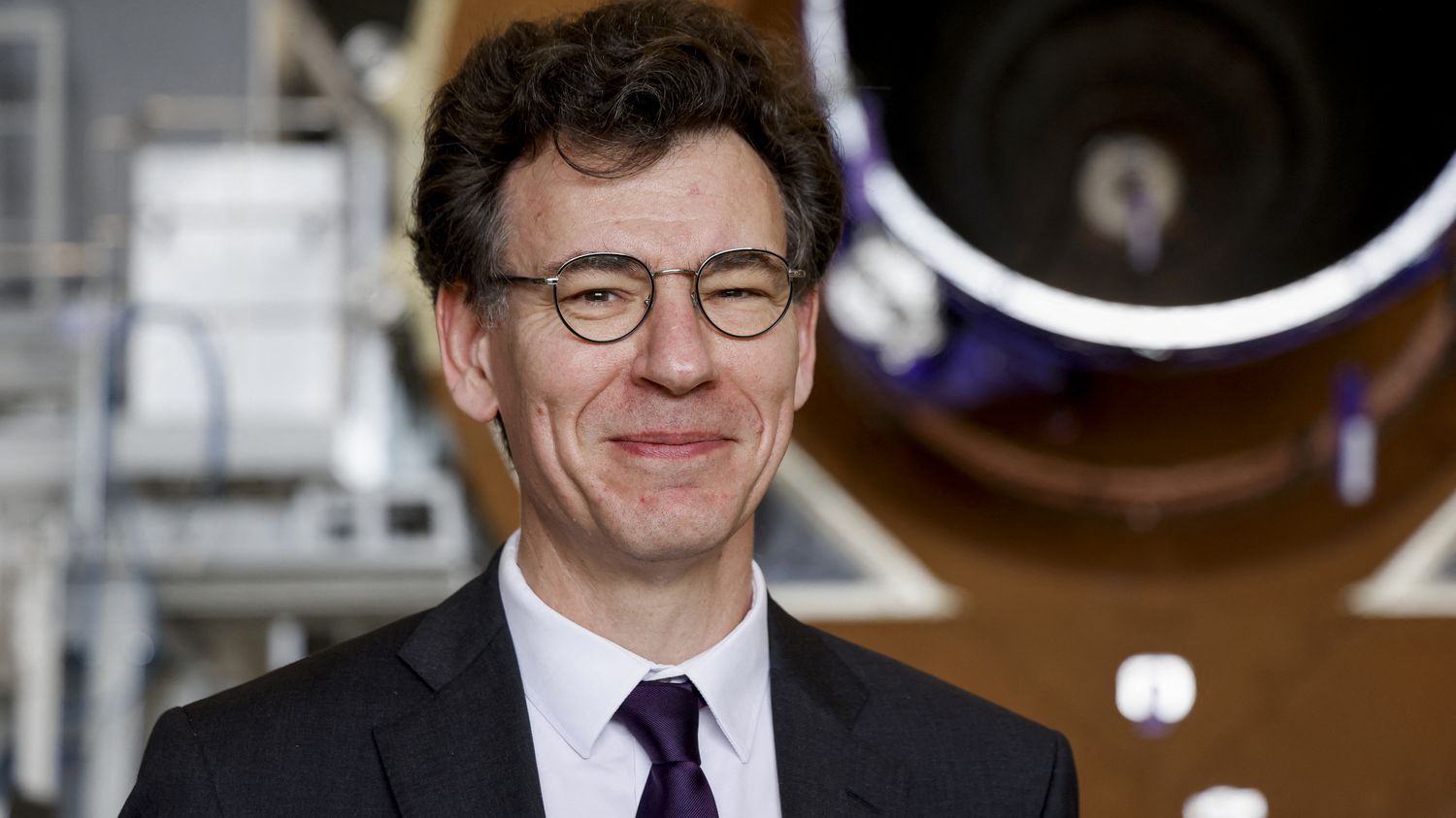The goal is now to increase the pace, “to go from one successful flight to soon ten or twelve flights per year, since there are already 30 customers,” confides Philippe Baptiste.

Published
Update
Reading time: 9 min

“It’s a huge success. It’s Europe’s return to space”rejoices the president of the National Center for Space Studies Philippe Baptiste Wednesday July 10 on franceinfo, the day after the successful launch of the Ariane 6 rocket, in Kourou in Guyana. He even describes a moment “Magic”despite the stakes.
franceinfo: Tell us what you felt in this very special moment!
Philippe Baptiste: It’s a lot of emotions. The stakes were enormous. The number one issue was to regain our ability to access space that we, Europeans, had lost. And so the stakes were very high, with a lot of political pressure. Healthy, but political pressure. And pressure from industry because there were a lot of satellites to launch. It was a first launch and a first launch is always very risky. So everyone had a lot of enthusiasm, a lot of confidence, but also butterflies in their stomachs.
The launch was finally pushed back an hour, that’s a long time. Did you remain confident throughout?
The whole campaign went very well. During a campaign, sometimes there are hiccups: you have to stop the countdown, go back, start again, empty a tank, refill it, etc. But this time, it was magical. The last days and hours, everything went very well, so confidence was gradually established. I even saw people rejoicing a little, I almost thought that people were maybe rejoicing a little too early, but in the end, they were right because everything went very well, it’s still a huge success. It’s Europe’s return to space.
So we will no longer need to use Elon Musk’s SpaceX and its Falcon rocket to put the European GPS constellation, Galileo for example, into orbit?
We were forced because we lost our ability to access space for a little over a year. We had three of our launchers that, for various reasons, were no longer available and for some launches, we had no choice because it was urgent, we needed SpaceX. It is not an objective in itself, but having a European launcher is for our European strategic autonomy, to be able to decide what we launch and what we do not launch. And the corollary is that the satellites that are made in Europe are launched on Ariane.
The Europeans did not choose reusable rockets. Do you have any regrets on that side?
There are lots of projects. The first thing is to master this technology. And on that, I think that we are indeed behind, we must be aware of that. I have pushed hard so that, precisely, we develop this technology and master it. We have a very good project called Callisto, which is being done with the CNES, the Japanese Agency, and also our German partners. It is a project for a small reusable demonstrator launcher and which will arrive in a little less than a year and a half. And we also have other projects within the European Space Agency. The aim of the game is to master this technology. After that, it is a question of pace. If you do relatively few launches, and in Europe today, we can regret it, the need for a reusable launcher is questionable. On the other hand, if tomorrow in Europe we do a lot of launches, we will very probably need a reusable launcher. But the fundamental question, first and foremost, is how many launches we need in Europe. It is the question of Europe’s ambition for space in terms of satellites, defence, science, Earth observation and exploration. Obviously, I enthusiastically advocate for a very strong ambition, but one that is not at all zero today. There is already a real ambition, but Europe’s budgets for space today are far behind those of the United States.
What are the next steps after this success?
Starting tomorrow, we will have to recover the flight data, analyze it, understand everything that happened, including the small problems that we may have had, dissect them. And then possibly make adjustments to the launcher to take these new parameters into account. And above all, go from one successful flight to soon ten flights or twelve flights per year, since there are already 30 customers. And for that, there is a huge industrial work to be done to be able to produce a lot of launchers very regularly. Afterwards, we will also have to think about increasing Ariane’s performance.
